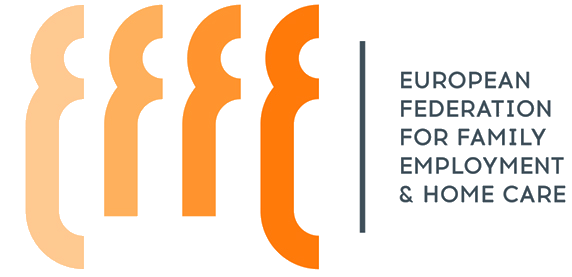
In summer 2014, the candidate to the Presidency of European Commission Jean-Claude Juncker stated in a speech before the European Parliament his vow to see Europe be granted a “social AAA rating”. To make this wishful thinking a reality, the European Pillar of Social Rights was declared with great ceremony by all three European institutions in December 2017 in Gothenburg, Sweden. As to give shape to the 20 fundamental rights and duties included in the document, the Commission has simultaneously put forward a proposition related to work-life balance back in April 2017. Negotiations between the Parliament and the Council are still ongoing after some two years. According to EFFE, the EU must urge the Member States to ensure the possibility for every European household to choose its most convenient work-life balance pattern.
EU treaties granted only limited legislating capacities on social and employment matters. Yet during 2017 Gothenburg summit, the 28 EU heads of state or government were reunited for the first time over 20 years for an obviously social European Council, disclosing the commitment Europe has chosen to abide by in the area. Technically speaking, the EPSR as such does not include any legally binding provision. Its constraining power will depend on dispositions the Commission and Member States will submit at a national level.
A Commission’s proposal for work-life balance
Work-life balance directive is mainly aimed at allowing women to be more present on the labour market. To this day, childcare and personal caring duties are mostly held by female workers. At childbirth, or when someone in the household falls into dependency, most likely to reduce, alter or even stop their professional life is the woman. Immediate consequences include wage gaps, career advancements or even pension rights’ levels. A 40% gap between men and women pensions can be pointed out today in Europe.
EU legal action in the area seeks to modernize the existing framework regarding family leaves and work flexibility, such as:
Non-legal action seeks to help Member States reach common goals such as:
The goal of the Commission is to reply adequately to these issues, it will all the more allow Member States to take over the principles which they subscribed to in Gothenburg.
Today negotiations are slowly moving forward. In June 2018, the Council agreed on a common position regarding different elements of the proposition. The Commission for Employment of the Parliament also voted in favour of the report in July, and due to a substantially more ambitious document, negotiations are at a standstill between the Parliament and the Council mostly because of the important cost the introduction of leave indemnities would occur. The Austrian Presidency of the Council has scheduled further working sessions until the end of December in order to reach an agreement as fast as possible over a majority of the directive provisions.
The MS must allow European households to choose their best fitting work-life balance pattern
The EFFE has been committing itself for many years to answer the citizens’ needs of lifelong care, childcare and social time sharing. It is an optimistic and innovative message that supports direct home employment, aims at ensuring social protection broadly speaking for all home workers and seeks to eradicate informal forms of work. As a matter of fact, if family life is purely a private issue, tackling the demographic aging and necessary women involvement into the labour market are common and collective duties.
The Work-Life Balance directive ought to go even further into the subject in order to grant European households the possibility to choose their best fitting work-life balance pattern. This does not necessarily entail additional costs for States but truly a long and medium-term investment. Carers will benefit from a more comfortable situation in order to share more equally their personal and professional times, and companies will less be led to dismiss their employees whose change of family situation has made their professional life complicated or even impossible.
One of the solutions for States to allow women a quick return to work after pregnancy is to display quality, affordable and accessible infrastructures for childcare services. Among other possibilities is home employment whether be it for children, disabled or elderly people. This is nowadays the most common practice to allow women to resume their working life while having someone take care of their children or dependent relatives.
The lack of regulatory framework at a EU scale is clearly a encouraging factor for undeclared work, informal economy and heavy impact on workers’ social coverage and public tax balancing in terms of tax revenues or public health expenditure. Member States should henceforth take adequate action so as to implement an incentive frame to the development of in-home childcare services.
Home private-to-private employment is a good practice model and has been structuring itself for more than 70 years in France as well as in Italy, Spain or Luxemburg. As a counterpart for the social protection of the employee, the employing household shall benefit from a reduction of social taxes and a tax reduction accounting for about half of the total expenditure for the recruitment and employment costs.
This model carried by the EFFE stands the ground of a structured and quality answer to the balancing stakes introduced by the Commission with regard to its work on carers and parental leaves.
Share
A social Europe that works for every home